
Shiatsu Massage in Japan: The Full Guide
You might have heard about the Japanese Shiatsu treatment and its miraculous power to cure physical pain and various diseases. Curious how that works? I’m here to inform you everything you want to know about that massaging technique.
Shiatsu gained popularity in the nineties and can actually deliver on its promises, unlike many other so-called massaging treatment that are mere rhetoric. If you are just familiar with this term but know nothing more, this following in-depth breakdown of the technique could be your go-to Shiatsu guide.
Quick Navigation
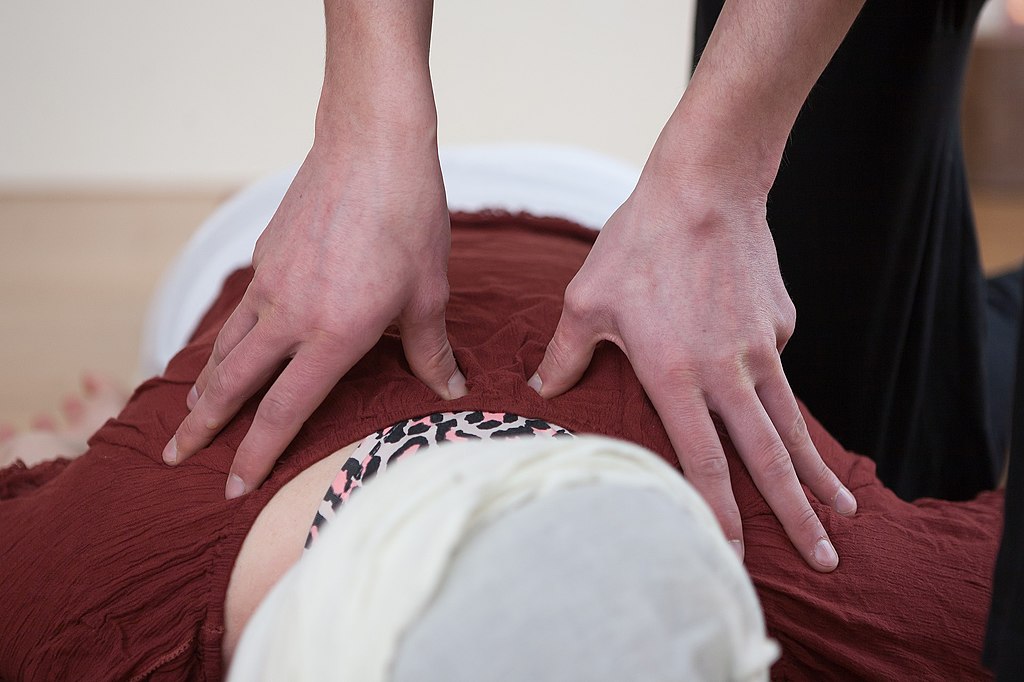
What Is Shiatsu Treatment?
In Japanese, the word ‘Shiatsu’ means ‘finger pressure’, referring to a form of therapeutic bodywork to ease your tired muscles and bones. Shiatsu therapists use various muscle manipulation methods such as stretching, pressing, and kneading to relieve body pain and muscle soreness. They use their fingers and palms along with elbows, knees, and even feet.
Developed in Japan in the early nineties, Shiatsu has its roots in ancient Chinese medicine. However, this particular therapy line takes concepts from traditional Japanese and modern western medical knowledge to ensure an effective treatment method.
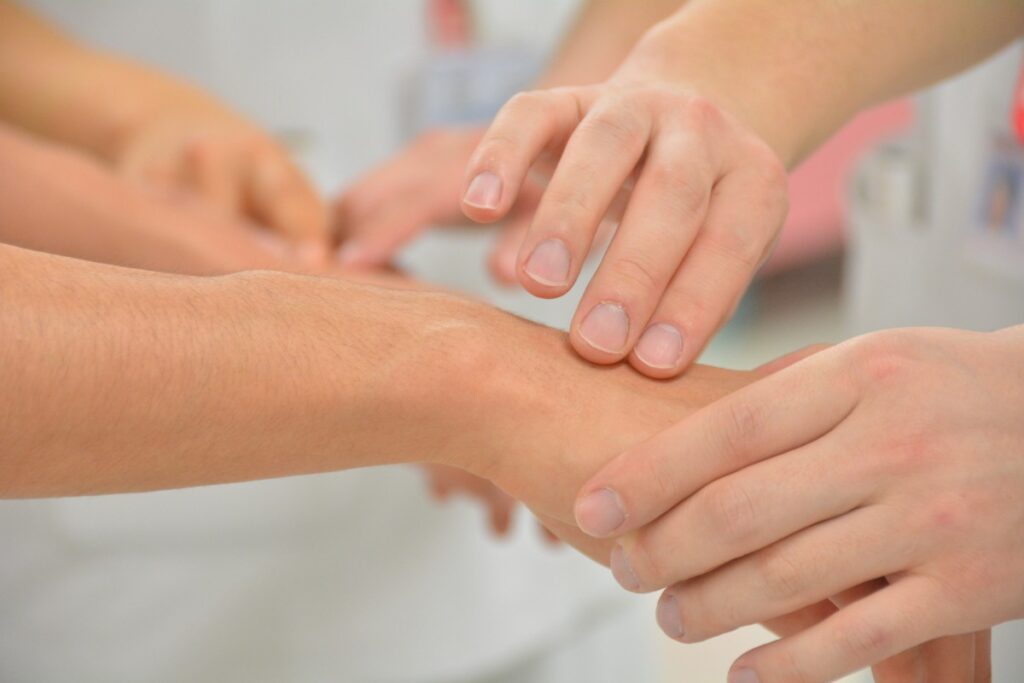
Currently, you will find numerous Shiatsu clinics and massaging centers all across the world. Also, you can purchase a legion of Shiatsu gadgets such as chairs, cushions, foot massager, neck massaging device, and more.
The Main Concepts of Shiatsu
To understand Shiatsu, you need to have clear ideas about two concepts: qi or ch’i and meridians.
Qi is the ‘vital energy’ or ‘life force’ of any living being and it flows inside the body through meridians. This qi flows freely in a healthy body, but its imbalance and blockage result in discomfort and ailments.
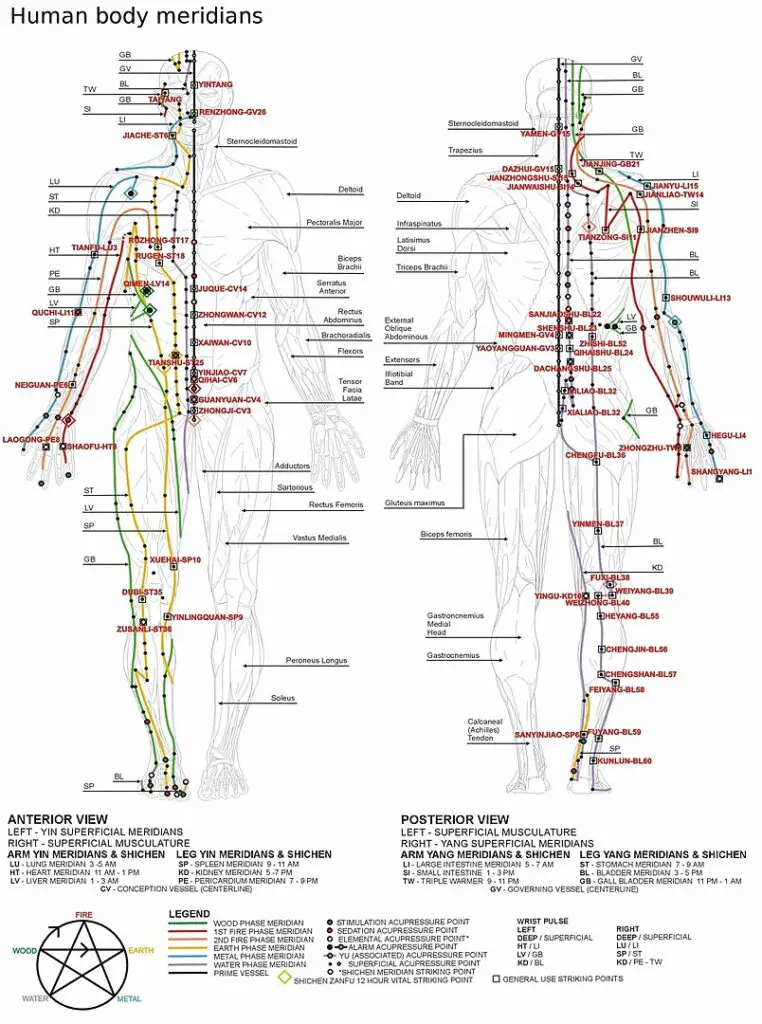
An expert can clear these blockages by applying firm pressure (a Shiatsu technique) to key points and areas. It focuses on relaxing the muscles of the entire body instead of a particular limb or area. The aim is to restore the balance of qi so the pain and fatigue go away.
The Purposes and Lasting Effects of Shiatsu
Shiatsu treatment is different from regular relaxation massages that involve applying oil and kneading the muscles. It’s almost like a combo of physical treatment and a way of restoring mental harmony. There are specific purposes and lasting effects of this method.
Purposes of Shiatsu
There is an inseparable link between the human body and mind. Bad postures or physical pain can affect our mental state and vice versa. Massaging and meditation can heal our bodily and mental discomfort, respectively, and help the other entity to heal.
Shiatsu physicians have pushed this concept a bit further and developed various techniques that work on emotional, physical, and spiritual levels. The purposes of this method are making people aware of their body’s vital energy (qi) and helping them to do practices for free-flowing of that energy. These techniques improve the body’s condition so it can heal itself.
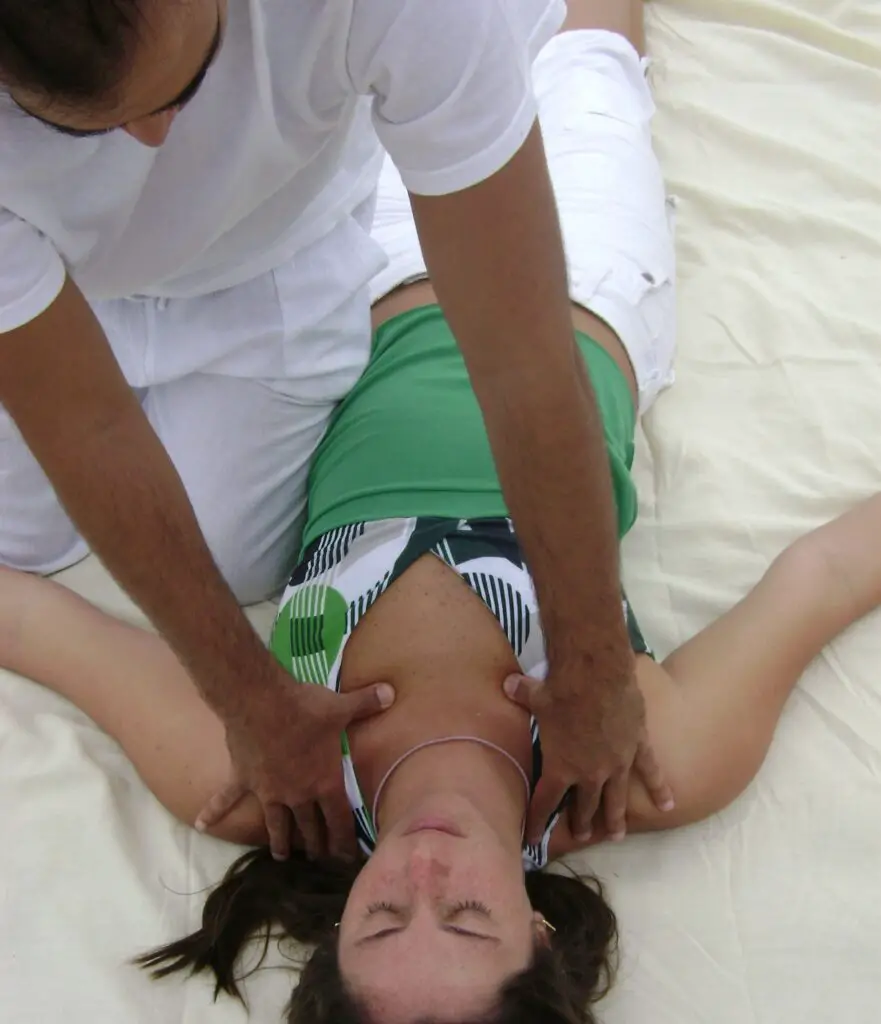
The goal of Shiatsu is to not only prevent ailments but cure them too. With carefully designed healing modalities, it takes care of the body and mind to ensure that person heals from within.
Lasting Effects of Shiatsu
Shiatsu therapists claim this massaging technique to have lasting impacts on several physical problems. Research on its health benefits is limited, but some evidence has been found about certain positive effects.
Some researchers from the University of Leeds found Shiatsu to promote relaxation and improve sleeping and posture. A 2015 Manual Therapy report found Shiatsu to reduce pain intensity and help people with fibromyalgia. However, more research work is necessary to determine the perks of this massaging approach.
In general, the promoted health benefits of Shiatsu are:
Reducing stress-related issues. The Shiatsu body-massaging techniques help the mind to relax. They reduce conditions like anxiety, depression, and stress. Due to promoting a sense of calmness, these massages can also help the receivers to get a restful sleep.
Stress also triggers many physical problems, and Shiatsu can alleviate them. Massaging increases blood flow and releases muscle tension, which can ease problems like headaches, arthritis, and muscle pain.

Stimulating the digestive system. It improves circulation all across the body and assists with easy food digestion. Also, applying massages to the abdominal area can relax the colon and intestine and relieve constipation.
Preventing wrinkles. There are Shiatsu massaging processes that trigger the capillary circulation in the skin’s soft tissues along with activating the sebaceous gland secretion. These things make the skin moist and increase its resilience to curb wrinkles.
Alleviating menstrual cramps. Menstrual cramps are painful, but abdomen Shiatsu massages can reduce that pain.
Warnings
If you decide to take Shiatsu massage, consult your physician about it and take the service from a certified professional. Also, share your full medical history with the therapist. You should avoid it in some conditions, including when you are:
- Pregnant (can be taken with your doctor’s permission)
- Have a heart disease
- Have bruises or inflamed skin
- Suffering from blood clotting disorders
- Recovering from a surgery or have a recent fracture
- Have conditions like osteoporosis and leg stents
The Types of Shiatsu Massage
This massaging technique has various different styles these days. Some professionals form their methods around acupressure points while others give more importance to the energy flow.
With therapists continuously working for inventing new treatment methods, a few more common Shiatsu techniques are:
Zen
The Zen technique revolves around Yin and Yang, the concepts of full and empty. It involves lifting the blockages in the meridians so that qi from too full areas (known as jitsu) to empty areas (known as kyo). Therefore, Zen Shiatsu is more about restoring the balance of qi in the body.
A therapist mostly focuses on acupressure points and use their hands, palms, fists, elbows, and knees to release energy from those points. It’s less about unwinding and more about getting physical therapy.
Hara
Hara is the center of the body, covering the areas from above the pubic bone to under the rib cage with the sides of the body in between. Through abdominal palpitation, this technique determines whether the meridians in that area are two empty or too full.
It mainly involves breathing exercises: releasing breaths (Yin) for relaxation and taking breaths (Yang) for taking on new things.
Macrobiotic
A combination of massages, meditation, and breathing techniques to restore the energy balance in your body, lifestyle, thinking, emotions, and more.
The trainer touch, rub, and press on the abdomen, spine, and some other areas for promoting better energy flow and activating an autonomous healing power.
Five Element
This is an energy-balancing method that restores balances among five elements that humans are made of, which are water, wood, fire, earth and metal. Of course, these elements represent different body parts along with emotion, senses of color and sound, and other things.
A trained therapist helps the massage receiver to explore the self of them and others from a compassionate yet neutral viewpoint.
Ohashiatsu
Like Five Element, Ohashiatsu focuses more on meditation and energy work instead of massaging. It creates intense relaxing effects, helping people to calm down and focus.
Ashiatsu
The practitioner applies firm pressure with their feet for deep muscle relaxation. You need to lie on your back and the practitioner walks on your back while keeping balance and adjusting pressure by holding onto an overhead pole.
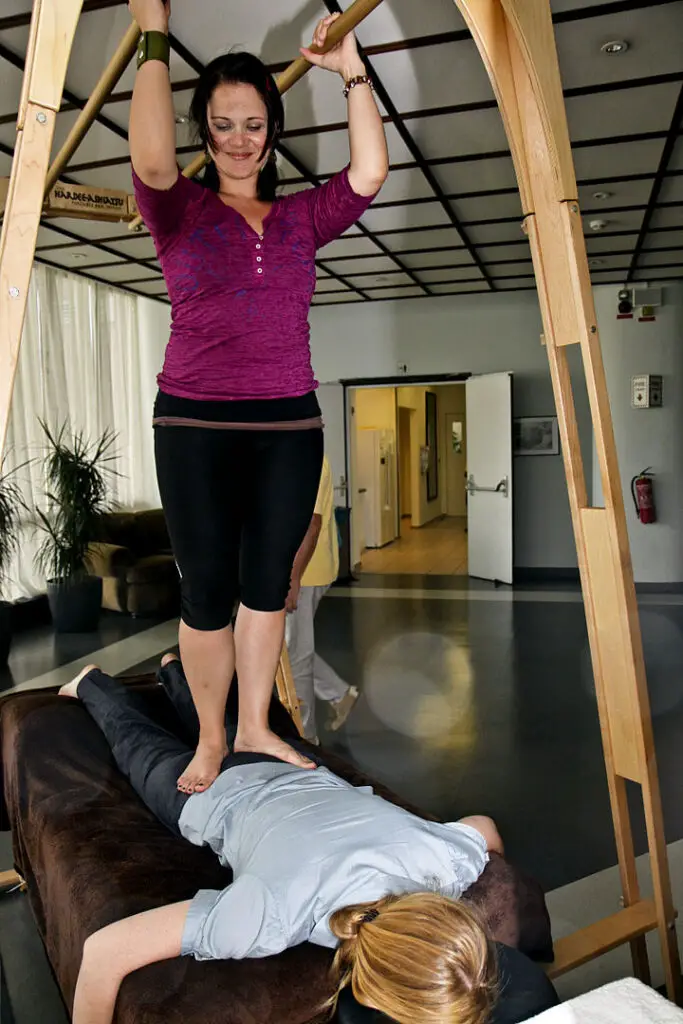
What Is Important in a Good Shiatsu Massage?
In a good Shiatsu massage, the patient should feel comfortable and the whole experience should feel pleasing and relaxing. The stimulated points may feel tender, but it’s described as ‘good pain’.
For having a good Shiatsu massage session, you need to:
Find a skilled practitioner. In fact, your healing mostly depends on how experienced and qualified the practitioner is. They must have flexible, smooth body movements for therapeutic treatment.
The massages are somehow similar to a dance performance that the therapists master with experience and practice.
Consult with the therapist. The massage therapist must know all of your medical conditions, the problems you are suffering from, and your expectations from the massages. They may also ask you questions about your lifestyle to gain insights into your problems. It helps them to plan a module tailor-made to heal your conditions.
Communicate. Shiatsu massages involve stimulation of various points in your body and several manipulative techniques. Practitioners apply pressure, kneading, stretching, pulling, and rotations to body parts and muscles, which can be painful sometimes. You should always tell your therapist if you feel uncomfortable at any point. Also, give them feedback at the end of every session so they can modify the techniques and suggest you exercises to do at home.
How to Give a Shiatsu Massage
Shiatsu practitioners apply deep pressure using their thumbs, fingers, palms (and sometimes elbows, knees, and feet) on the points connected to the ‘meridian’ route. They work on a continuous sequence so that the pressure can stimulate these points, allowing the qi to flow freely through the meridians.
Unlike spa or many other traditional massages, Shiatsu does not involve applying oil on the skin. The patients stay fully- or loosely-clothed and lay on a massage table, a floor mat, or sit on a massage chair, depending on the particular massage module.
Shiatsu massages could be various types, mostly customized to a patient’s specific problems. A session may last for 40 to 50 minutes and follows a foot-to-head pattern or vice versa. Some basic techniques are:
Identifying the State of Qi
The therapist will begin a session by assessing the condition of the energy force in your body. Firstly, they will touch your belly button where the vital energy or ‘hara’ is believed to be located. They identify the areas where the energy is too low or too much so they can stimulate the right meridian points to balance the energy. However, the primary concern of a practitioner is to devise a treatment plan that gives the client the most therapeutic benefit.
Gentle Rocking Motion
Known as ‘kembiki’, this motion involves rocking the entire body. The patient lies on a floor mat and feels like their body is floating on the water. It gently stimulates the body to make it respond to the following movements and exercises.
Applying Pressure
The therapist may use their hands, elbows, and knees to apply pressure on the points identified earlier. However, they adjust the pressure intensity according to the nature of problems and the patient’s receiving ability.
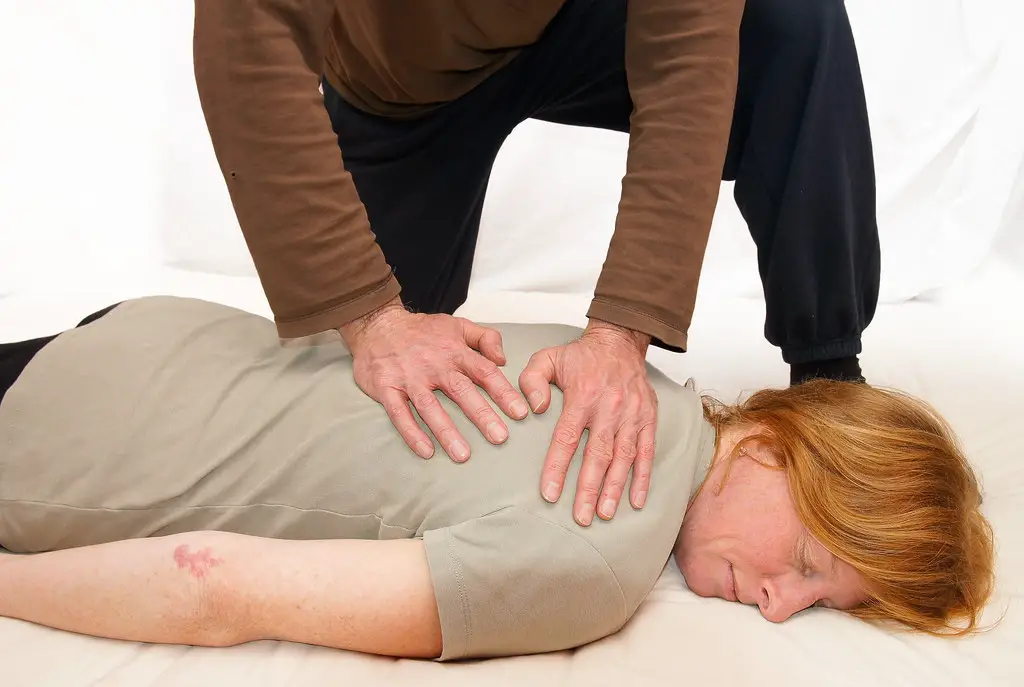
It’s quite common for the therapist to use their body weight for creating pressure and it lasts for two to eight seconds for each point.
Stretching the Muscles
After the pressure, comes the stretching that is done on the legs and arms. The therapist uses their body weight for stretching to energize the meridians.
Rotating the Joints
Rotating the hand and leg joints is an excellent manipulation massaging technique. Such rotation does many good things but restores body alignment, most importantly. Also, the therapist needs to move their body in the rhythm of the rotation.
Finishing the Session
There are various ways to finish a Shiatsu session but it mainly depends on how the therapist has designed the healing module.
For example, a finishing activity could be ‘stillness’ where the practitioner will place one hand on the ‘hara’ and the other on the lower back. It could also be placing one palm on the back of the neck and tracing it way up through the skull while the eyes will remain covered by a soft towel.
Taking regular Shiatsu massages could work wonder in maintaining good health and energy. However, the frequency of the massage schedule will vary according to the health conditions of a person. Taking one session per month is enough, but it could be more frequent for people doing a high-stress job or living a hyper lifestyle.
Where to Get the Best Shiatsu Treatment in Japan?
Being the birthplace of Shiatsu, Japan is scattered with places providing good Shiatsu massage. Many lavish hotels and spa centers offer this service and so are numerous smaller, private establishments.
Walk down any shopping street in major cities and you will see street signs with a price list offering Shiatsu services.
If you are thinking of visiting Japan and enjoy an excellent Shiatsu session, consider these places:
Mandarin Oriental, Tokyo
Where: 2-1-1, Nihonbashimuromachi, Chuo City, Tokyo 103-8328, Japan
The spa center in the Mandarin Oriental offers three treatment programs featuring Shiatsu massage.
1. The Sakura Ritual
Duration: 3 hours
Price: JPY 57,000
This ritual begins with washing your feet and then treating you with Azuki Bean Scrub and an all-body Kiatsu, which is a blend of Shiatsu and Thai massages.

2. Kiatsu
Duration: 1 hour 30 minutes
Price: JPY 44,000
In the luxury of the hotel’s Serenity Suite, you will enjoy a full-body massage that is a blend of Shiatsu and Thai Massage techniques. It relaxes the muscles through gentle stretching and movements.
3. Totally Tokyo
Duration: 1 hour 30 minutes
Price: JPY 41,000
This treatment takes you to a sensory journey to establish a tranquil state of mind. It does so by using various traditional Japanese elements and including a full-body Shiatsu-style massage.
Aman Resort, Tokyo
Where: Chiyoda City, Ōtemachi, 100-0004 Tokyo, Japan
This resort has one of the biggest spas in the city. They offer three Shiatsu packages in their spa programs. You can choose between 60, 90, and 120 minutes sessions where an expert therapist will restore energy flow, stimulate circulation, and promote other wellness through various techniques.
Nature Massage Salon, Tokyo
Where: Dokken-Daikanyama-Heights 103, Daikanyama, Shibuya 150-0034, Tokyo Prefecture
The massage salon in Shibuya offers two programs featuring the Shiatsu massage. The Chiropractic Massage improves your spinal movement and bodily functions by combining Shiatsu and chiropractic techniques. Also, you can choose from four packages of varying duration and price.
Another program is Bodycare that promises a real taste of Shiatsu in Japan. Available in five packages, it reduces fatigue, increases body energy, and stimulates the body’s healing abilities.
Book the programs here.
Hiyoshido, Kyoto
Where: 347 Giommachi Kitagawa, Higashiyama-Ku, Kyoto 605-0073 Kyoto Prefecture
Hidden in the nooks of Kyoto is this gem of a Shiatsu massage center. Here, your assigned therapist will customize the massaging session according to your needs. Whether you are jet-lagged, want to cure back pain, or re-energize your body after a long hike, the experts at this center will provide immediate relief.
You can book an online appointment here.
Olive Spa Penthouse, Osaka
Where: Minamihorie, Nishi-Ku Gendai Orange Building 2F, Osaka 550-0015 Osaka Prefecture
Through the infliction of ‘comfortable pain’, the experts at this spa center offer customized massaging techniques to unwind your mind and invigorate your muscles and body.
The staff doesn’t speak good English but you can book an appointment over the phone. The number is available on the website.
Oketaku Shiatsu Clinic, Yamanashi Prefecture
Where: North West Yamanashi Area
Oketaku is a Shiatsu clinic that provides home services. It serves those who want to get a relaxing massage at the comfort of their living place. They provide 60-minute and 90-minute sessions for JPY 6,000 and JPY 9,000, respectively. The visit fee is free for Nirasaki but JPY 500 for Minami-Alps, Hokuto, and Kai.
The Origins of Shiatsu Massage
A Japanese man, Tokujiro Namikoshi, invented Shiatsu in the 1920s. However, it had its roots in the traditional Chinese and Japanese medical techniques.
The Roots of the Treatment
Traditional Chinese medicine (TCD) made its entry to Japan during the early Middle Ages around 700 AD. It promoted several healing practices but Shiatsu was the modified versions of acupressure and Tui Na or Tuina (which means ‘push-hands’).
Japanese practitioners incorporated the Tuina healing modality into their regular treatment practices. Finally, a physician and massage therapist name Akashi Kan Ichi transformed Tuina into a unique modality named Amna during the 1300s.
Amna did not catch people’s attention until the 1600s. The man who made it flourish was a famous blind acupuncturist and physician named Sugiyama Waichi. Since then, Amna has been one of the most popular and prominent massage styles in Japan. However, the Amna practitioners needed to take a government license for legal practicing. Then came Shiatsu, a derivation of Amna.
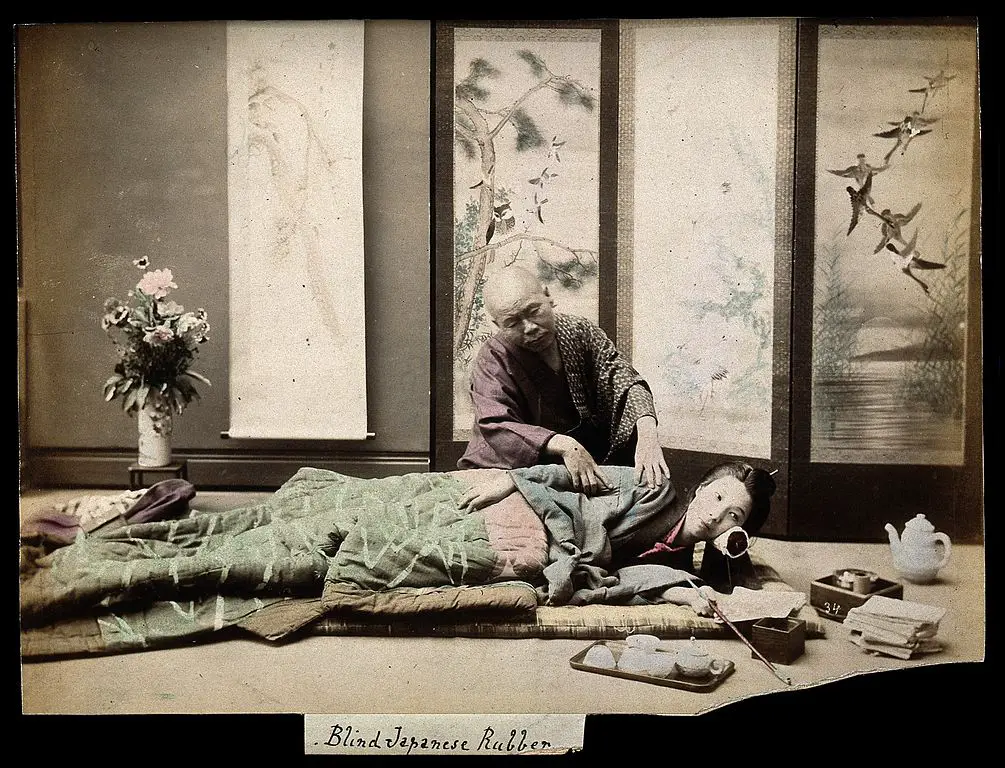
Arrival and Development
In 1912, a gifted healer named Tokujiro Namikoshi cured his mother’s rheumatism. His healing technique involved only finger and hand massages. He started practicing that massaging style but took formal training in Amna to avoid legal repercussions.
Namikoshi refined the style gradually and named it Shiatsu. Later, he established the Nippon Shiatsu School in the 1940s. Eventually, the Japanese Ministry of Health recognized his method in the 1950s. It received worldwide recognition in the same era.
The Current Situation
Namikoshi worked until his death in 2000 to propagate Shiatsu all across the world. Another person who has developed this technique in the 1970s is Shizuto Masunaga. He combined some concepts from Far Eastern healing traditions with Shiatsu. Then, some of his students continued developing his system in the 1980s.
Today, Shiatsu is a popular healing technique in the world of alternative medicines.
Related Questions
Q: Is It a Type of Acupressure?
A: Not really.
Many people confuse Shiatsu with a form of acupressure (an alternative medicine technique) because of its focus on applying pressure. But it’s different as the focus here is exclusively on finger and thumb massage techniques.
Through the application of rhythmic pressure on the acupressure points, Shiatsu aims to restore the disrupted flow of the body’s vital energy. Likewise other forms of alternative medicine, this technique takes a holistic approach to the human body.
Apart from being spiritual, it works on the physical level too. For example, Shiatsu treatment is a combination of exercising breathing work and posture awareness along with muscle manipulation and massaging. It also involves some forms of meditation.




